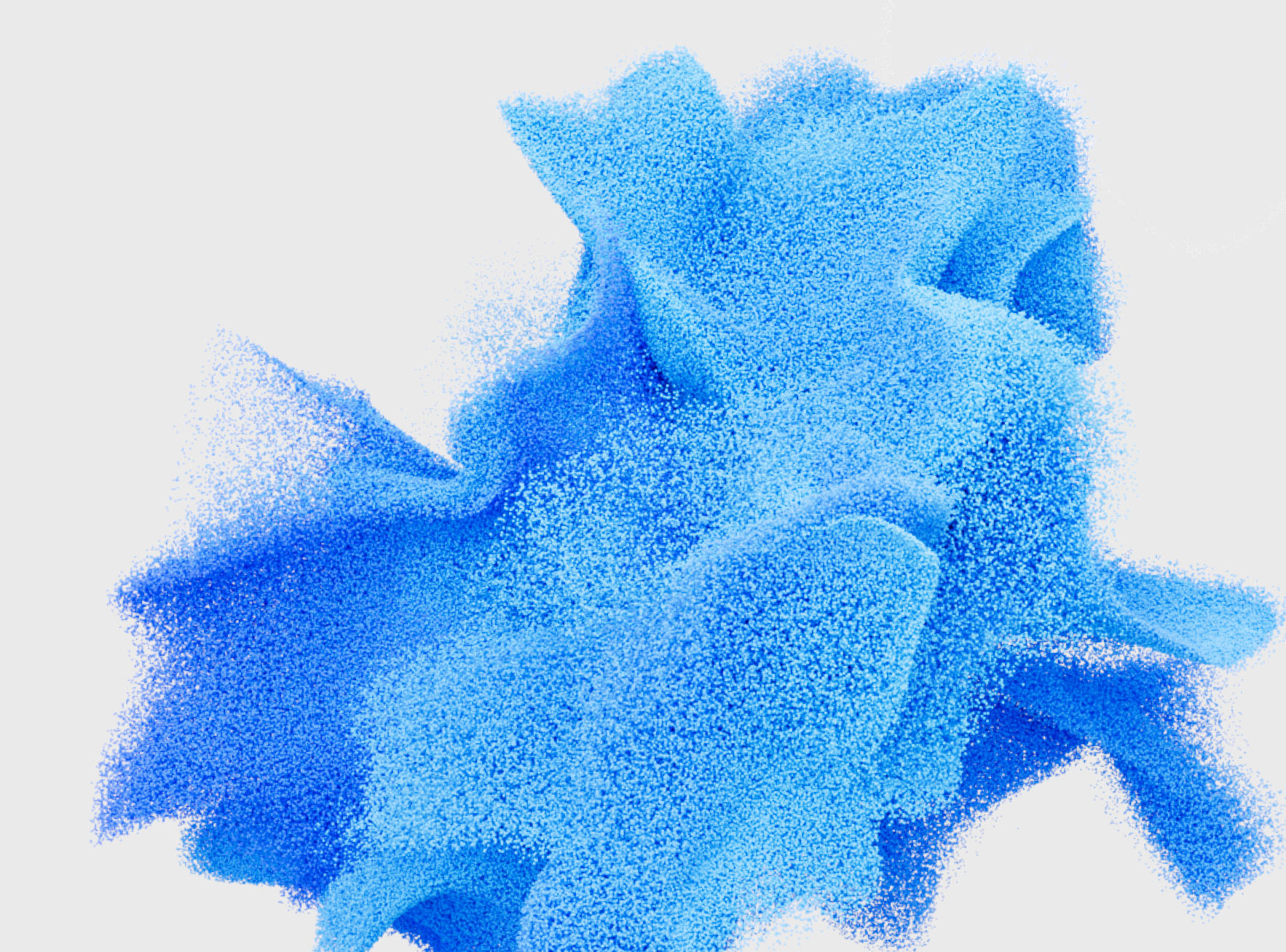Forced degradation studies are an essential part of pharmaceutical development, offering a controlled way to understand how a drug substance or product behaves under stress. These studies simulate harsh conditions to accelerate degradation, helping us uncover potential vulnerabilities in a molecule’s structure and predict its long-term stability. While regulatory agencies require these studies to support stability-indicating methods and shelf-life claims, their value extends far beyond compliance. They provide a roadmap for our formulation design, packaging decisions, and risk mitigation strategies.
To fully understand a drug’s resilience, scientists expose it to a range of stress conditions that mimic potential real-world challenges. These include chemical stresses like acidic and basic hydrolysis, oxidative reactions, and physical stresses such as heat, humidity, and light. Each condition targets different molecular vulnerabilities, offering unique insights into stability and guiding formulation, packaging, and storage strategies.
Acidic Hydrolysis
Acidic degradation typically involves exposing the drug to strong mineral acids like hydrochloric acid under controlled temperature and time conditions. This stress condition targets functional groups such as esters, lactones, acetals and some amides, which are prone to acid-catalyzed hydrolysis.
At the molecular level, acidic hydrolysis breaks bonds through protonation of electrophilic centers, making them more susceptible to nucleophilic attack by water. For example, esters may cleave into their corresponding alcohol and acid, while amides may yield amines and acids. The rate and extent of degradation depend on the molecule’s structure, the concentration of acid, and the temperature.
Understanding acid hydrolysis helps identify pH-sensitive regions of the molecule and informs formulation strategies, especially for oral dosage forms that must survive the acidic environment of the stomach.
Basic Hydrolysis
Basic degradation involves treating the drug with strong bases such as sodium hydroxide. This condition is particularly aggressive toward esters, amides, lactones, and carbamates. Unlike acidic hydrolysis, base-catalyzed reactions often proceed through direct nucleophilic attack by hydroxide ions.
Molecularly, basic hydrolysis can lead to bond cleavage, ring opening, and rearrangements. For instance, lactones may open to form hydroxy acids, and esters may convert to alcohols and carboxylic acids. Some molecules may undergo β-elimination or retro-aldol reactions under basic conditions.
This type of degradation is crucial for understanding how a molecule might behave in alkaline environments, such as when exposed to basic excipients in a localized environment such as during dry powder blending.
Oxidative Degradation
Oxidation is one of the most common degradation pathways, especially for molecules containing electron-rich groups like phenols, tertiary amines, sulfides, and unsaturated bonds. Oxidative stress can be induced using agents like hydrogen peroxide or radical initiators such as AIBN (azobisisobutyronitrile), each offering distinct degradation profiles.
Peroxide-Based Oxidation
Hydrogen peroxide and other peroxides generate reactive oxygen species such as hydroxyl radicals, which attack nucleophilic centers in the molecule. This can lead to N-oxide formation, sulfoxidation, cleavage of double bonds, and even aromatic ring hydroxylation.
Peroxide-based oxidation is particularly relevant for assessing the impact of excipients, packaging materials, and residual peroxides from manufacturing processes. It helps identify oxidative hotspots and guides antioxidant selection in formulations.
AIBN-Based Oxidation
AIBN decomposes thermally to produce carbon-centered radicals, which initiate chain reactions that differ significantly from peroxide-based mechanisms. These radicals can abstract hydrogen atoms, initiate polymerization-like reactions, or cause fragmentation in sensitive molecules.
AIBN-based studies are valuable for understanding radical-driven degradation, especially in molecules with unsaturated systems or those prone to homolytic cleavage. They complement peroxide studies by revealing alternative oxidative pathways that may not be captured by oxygen radicals alone.
Thermal (Dry Heat) Degradation
Dry heat degradation involves exposing the drug to elevated temperatures in the absence of moisture. This stress condition accelerates chemical reactions such as rearrangements, bond cleavage, and oxidation, particularly in thermally labile compounds.
At the molecular level, heat can cause conformational changes, promote intramolecular reactions, and destabilize weak bonds. For example, some drugs may undergo decarboxylation, deamination, or cyclization under dry heat.
Thermal degradation studies simulate long-term storage in hot climates and help determine the need for temperature-controlled packaging or labeling. They also reveal whether a molecule is sensitive to heat during processing steps like drying or granulation.
Humidity-Induced Degradation
Humidity stress combines heat and moisture to evaluate the impact of water vapor on the drug substance or product. This condition is especially important for hygroscopic materials and solid dosage forms.
Moisture can facilitate hydrolysis, promote crystallinity changes, and cause phase transitions. For example, amorphous drugs may recrystallize, leading to reduced solubility and bioavailability. Excipients like lactose may undergo Maillard reactions with amines, forming colored impurities.
Humidity studies help assess the need for desiccants, moisture-barrier packaging, and humidity-resistant formulations. They also inform storage conditions and shelf-life projections.
Photolytic Degradation
Photolytic degradation involves exposing the drug to both UV and visible light to simulate sunlight or artificial lighting. Light can induce a variety of reactions, including bond cleavage, isomerization, and formation of reactive intermediates.
Molecularly, photolysis often affects conjugated systems, aromatic rings, and halogenated compounds. For example, nitroaromatics may undergo photoreduction, and double bonds may isomerize from trans to cis forms.
Photostability testing is critical for identifying light-sensitive APIs and guiding protective packaging strategies, such as amber vials or blister packs with UV filters.
Interpreting Forced Degradation Results
Interpreting degradation data requires a comprehensive, strategic approach in order to turn insight into decisions that protect product integrity and ensure market success. The process begins by ensuring mass balance (confirming that the sum of all degradants account for the loss of the parent compound). Next, characterization techniques such as LC-MS and NMR are used to understand structural changes and identify degradation products and their potential risks. Comparing degradation profiles across different stress conditions highlights common pathways and unique vulnerabilities of the parent molecule, while evaluating drug-excipient interactions under stress ensures formulation stability. Ultimately, these findings inform critical choices in formulation design, packaging solutions, and regulatory strategy. Forced degradation isn’t just about identifying weak points in a drug, it’s about uncovering the reasons behind those weaknesses and using that insight to create a product that stands up to real-world challenges. When we understand why a molecule fails under stress, we gain the knowledge to design formulations that last, choose packaging that protects, and meet regulatory requirements with confidence.
In short, these studies turn potential risks into actionable strategies that strengthen both product performance and market reliability.
Sharp is your partner in all aspects of CMC Drug Product Development
Sharp Clinical offers deep expertise in forced degradation studies, combining scientific methodology with decades of regulatory insight. Our team designs customized stress protocols that reveal the full stability profile of your molecule, helping you make informed decisions at every stage of development.
Whether you’re preparing for regulatory submission, troubleshooting formulation challenges, or optimizing shelf-life, we’re here to support your success with precision-driven analytical services.
Contact us at: www.sharpservices.com/clinical





